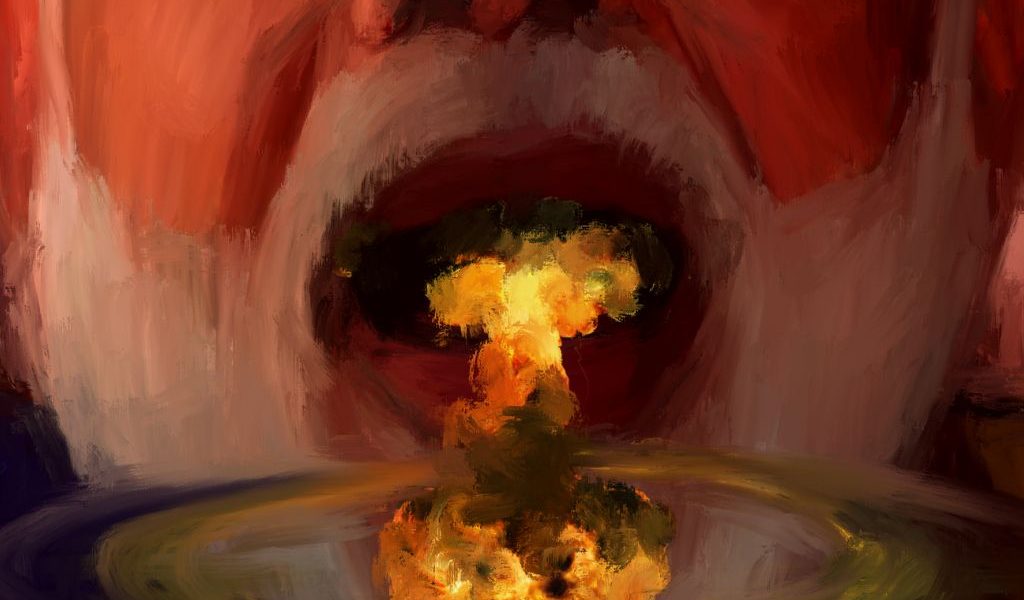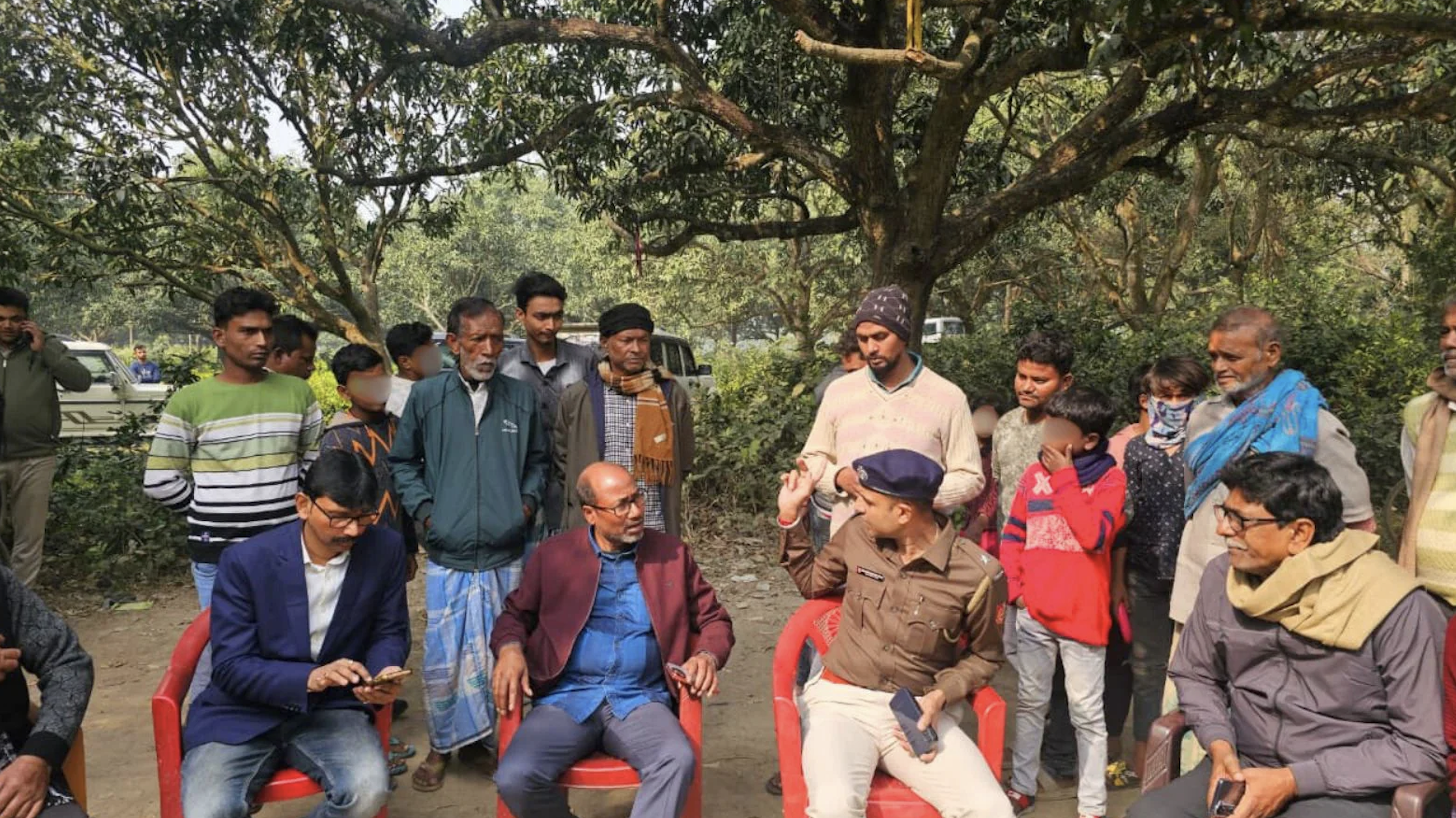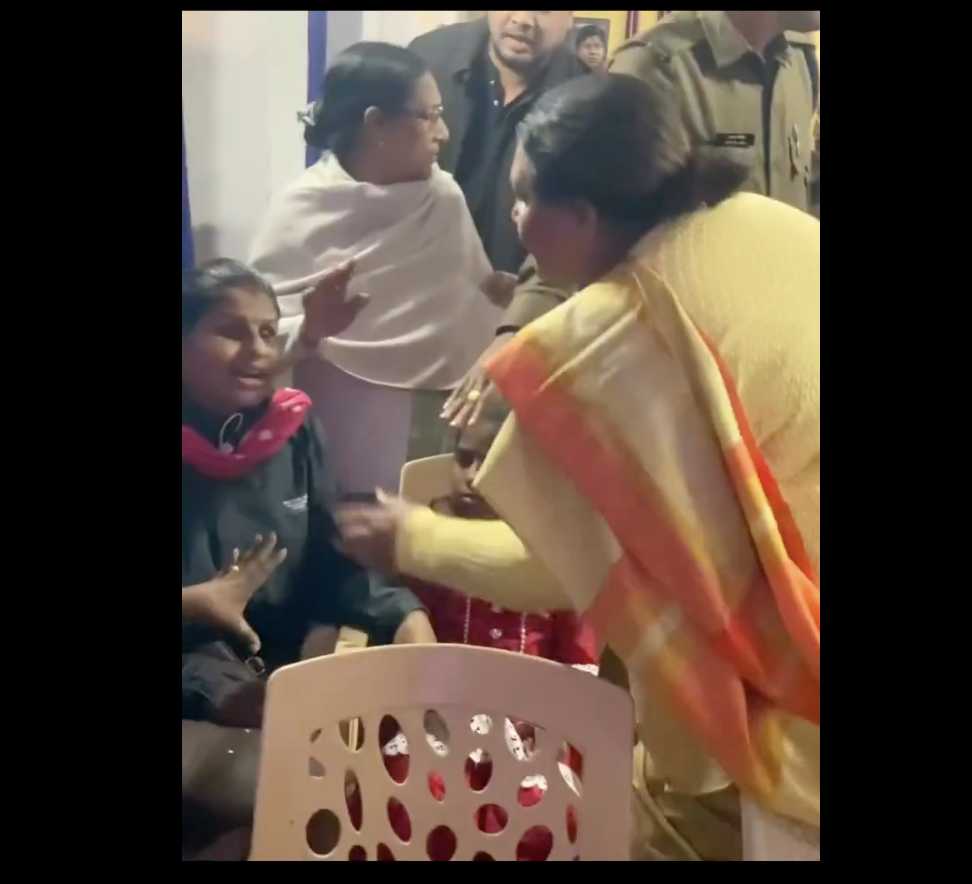
By P. Raman
Allegations have surfaced that the recent riots in Bahraich, Uttar Pradesh were the result of a planned conspiracy involving the ruling party and administration. Unlike the 2002 Gujarat riots, which were state-wide, lasted days and killed over 1200, the Bahraich violence was localised and limited. But that does not mean it was any less effective.
Indeed, it fits well with the Bharatiya Janata Party’s (BJP’s) post-2014 strategy of relying on localised, low-intensity hate crimes against minorities rather than on high-intensity bouts of violence – which have the drawback of being highly visible around the world.
Two years ago, there was severe criticism abroad of rising hate crimes in India. Foreign media carried detailed accounts of several communal incidents. Delhi’s indignation was understandable, especially since the bad publicity came on the eve of the massive Vishwaguru buildup for the G20 summit in the capital.
BJP president J.P. Nadda was the first to hit out at critics, claiming there were more and bigger communal riots in India before Prime Minister Narendra Modi came to power. Nadda even reeled out figures to support his argument. In parliament, BJP members said that 871 riots had taken place during Congress rule.
True, there were many communal riots before Modi took over as prime minister, including some that had a higher toll or caused more destruction. But there is one crucial qualitative difference between the violence then and now. What is happening under Modi comes across as part of a well-thought-out plan to create a deep and durable divide in society. This polarisation and the resultant tension is being used to build a lasting vote bank for the ruling party.
This story was originally published in thewire.in. Read the full story here.






